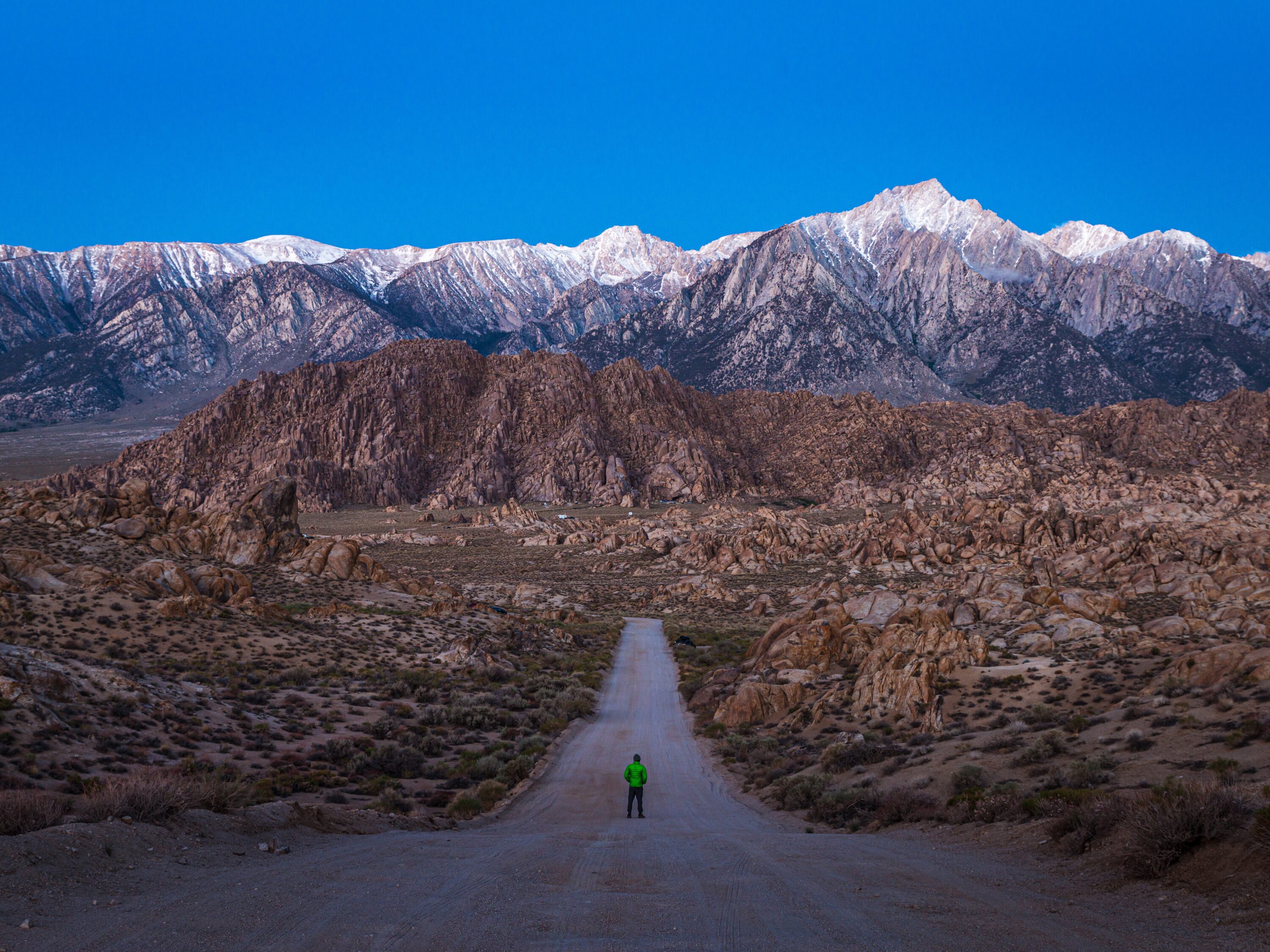P-22, the mountain lion who was captured Monday in a Los Feliz backyard in a severely underweight and injured condition, was euthanized Saturday morning, California Department of Fish and Wildlife officials announced.
“This really hurts,” CDFW Director Chuck Bonham said Saturday morning, fighting back tears. “It’s been an incredibly difficult several days, and for myself, I felt the entire weight of the city of Los Angeles on my shoulders.”
Bonham said P-22 had a number of serious injuries and chronic health problems, and after consultation with several veterinary experts, the decision was made to humanely euthanize the animal at San Diego Zoo Safari Park, where he was being treated, to spare him further suffering.
The cougar, one of many Southland-area cats being tracked by National Park Service researchers, gained fame locally for his persistence and durability, successfully managing to cross both the San Diego (405) and Hollywood (101) freeways to reach his recent roaming grounds in the Griffith Park area.
Known as the “Hollywood Cat,” P-22 became the face of the NPS’ mountain lion-tracking effort. His exploits were documented in various media accounts, including the freeway crossings, hiding out under a Los Feliz home in a standoff that drew widespread attention and even being named a suspect in the killing of a koala at the Los Angeles Zoo.
He was believed to be about 11 years old, making him the oldest cat in the NPS’ study of Southland mountain lions. He was initially captured and outfitted with a tracking collar in 2012. At the time of his last capture, he weighed 123 pounds.
Officials again noted the facial injury Saturday, but said the most serious issue was a herniation of the lion’s abdominal organs into his chest, along with significant preexisting illnesses that were causing him to deteriorate, including “irreversible kidney disease, chronic weight loss, extensive parasitic skin infection over his entire body and localized arthritis.”
Bowman noted that evidence suggests P-22 could have been struck by a vehicle Sunday evening, though that hasn’t been definitively confirmed.
A memorial service was planned for the animal sometime after the holidays, but no specific details were announced. P-22 will receive a postmortem examination, and will contribute to multiple research studies before returning to the Los Angeles Natural History Museum, according to CDFW Senior Wildlife Veterinarian Dr. Deana Clifford.
Officials hope the completion of the Wallis Annenberg Wildlife Crossing project near Agoura Hills will dramatically improve conditions for the region’s sparse mountain lion population. The crossing will span over 10 lanes of the Ventura (101) Freeway in Liberty Canyon when completed in 2025, and aims to provide a connection between the small population of mountain lions in the Santa Monica Mountains and the larger and genetically diverse populations to the north.
“Mountain lion P-22 was more than just a celebrity cat. He was also a critical part of a long-term research study and a valuable ambassador for the cause of connectivity and for wildlife in the Santa Monica Mountains and beyond,” according to a statement from the Santa Monica Mountains National Recreation Area. …
“Although he made frequent appearances on the streets of the Hollywood Hills and even, more recently, of the Silver Lake neighborhood, he was also clearly a wild cat, doing so mostly late at night, and subsisting largely on natural prey such as deer and coyotes.
“In the end, he found his way into many Angelenos’ hearts and home surveillance camera footage,” the statement continued. “This animal’s life and safe passage to Griffith Park are a testament to both the challenges and the possibilities for wildlife in Los Angeles. He showed us what mountain lions must do to survive in our urban landscape, as he dispersed through it to find a remaining island of habitat.
“He also showed us what they are capable of: surviving and co-existing with millions of people in a city as dense and sprawling as Los Angeles.”
Gov. Gavin Newsom, whose father was a founder of the Mountain Lion Foundation and championed protections for the species, said P-22’s survival “on an island of wilderness in the heart of Los Angeles captivated people around the world and revitalized efforts to protect our diverse native species and ecosystems. The iconic mountain lion’s incredible journey helped inspire a new era of conserving and reconnecting nature, including through the world’s largest wildlife overpass in Liberty Canyon. With innovative coalitions and strategies to restore vital habitat across the state, we’ll continue working to protect California’s precious natural heritage for generations to come.”
Beth Pratt, California regional executive director for the National Wildlife Federation, also issued an emotional eulogy for P-22, marveling that “a mountain lion lived here, right here in Los Angeles.”
Pratt shared her experience of meeting the animal shortly before his demise.
“I am so grateful I was given the opportunity to say goodbye to P-22. Although I have advocated for his protection for a decade, we had never met before,” she wrote. “I sat near him, looking into his eyes for a few minutes, and told him he was a good boy. I told him how much I loved him. How much the world loved him. And I told him I was so sorry that we did not make the world a safer place for him. I apologized that despite all I and others who cared for him did, we failed him. …
“P-22 never fully got to be a mountain lion. His whole life, he suffered the consequences of trying to survive in unconnected space, right to the end when being hit by a car led to his tragic end. He showed people around the world that we need to ensure our roads, highways, and communities are better and safer when people and wildlife can freely travel to find food, shelter, and families. The Wallis Annenberg Wildlife Crossing would not have been possible without P-22, but the most fitting memorial to P-22 will be how we carry his story forward in the work ahead. One crossing is not enough — we must build more, and we must continue to invest in proactive efforts to protect and conserve wildlife and the habitats they depend on — even in urban areas.
“P-22’s journey to and life in Griffith Park was a miracle,” Pratt continued. “It’s my hope that future mountain lions will be able to walk in the steps of P-22 without risking their lives on California’s highways and streets. We owe it to P-22 to build more crossings and connect the habitats where we live now.”
Decades of road construction and development have been deadly for animals trying to cross, and have created islands of habitat that have genetically isolated wildlife from bobcats to birds and lizards.
Wildlife advocates hope the crossing can save the threatened local population of mountain lions from extinction. They’ve also characterized the future structure as “a global model for urban wildlife conservation” that will “benefit the wildlife and ecology of the area for generations to come.”
The $85 million project will be the largest crossing of its kind in the world, stretching 210 feet over the freeway. More information about the campaign to help the mountain lions can be found at savelacougars.org/.
CDFW officials paid tribute to P-22 as a great ambassador for his species and one of the driving forces behind the effort to complete the freeway crossing.
“He’s never going to be forgotten and he can’t be forgotten,” Bonham said. “We put him in this predicament.”
Updated Dec. 17, 2022, 11:20 a.m.







